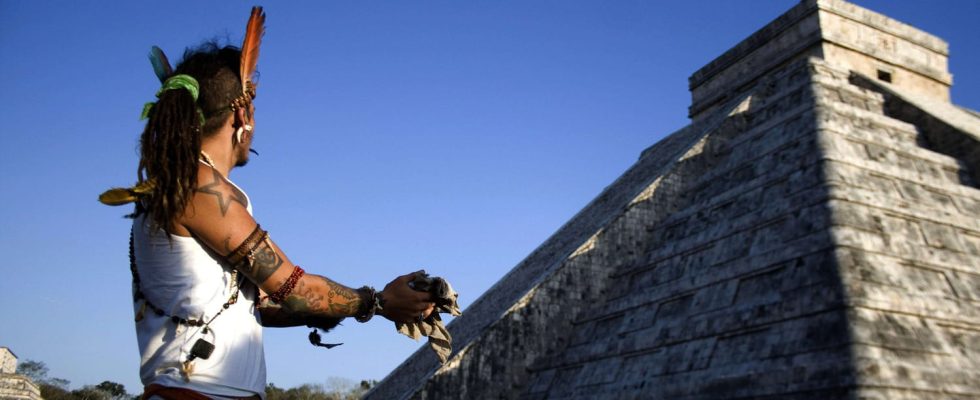The destruction of the Mayan civilization now has an explanation. And we would do well to learn from it…
The disappearance of the Mayan civilization is not due to a terrible curse, quite the contrary. The reason why these people disappeared is much more down to earth. Researchers have even gone back 800 years to find out more. And as surprising as it may seem, thestudy published in 2022, which provides many answers on the subject, could well concern us today. The cause of the disappearance of the Mayan civilization has even become, for several years now, a major issue for the modern world and its survival.
The phenomenon that began to hit Central America from the 15th century first caused a political collapse according to the study’s researchers. Collapse which will sweep away the entire Mayan civilization in a few decades. “Several sources indicate that civil conflict increased significantly between 1400 and 1500,” it reads. And scientists are clear: these conflicts would be the direct consequence of the drought conditions which set in and worsened at the time. In reality, the drying out of the soil would have caused significant tensions between rival groups, leading to a particularly destructive water war.
According to researchers, a prolonged and tenfold drought between 1400 and 1450 CE probably led to the outright abandonment of the city of Mayapan, capital of civilization. The lack of water is said to have affected agricultural practices and trade routes, putting a strain on the population of Mayapan. As food became scarcer and the situation more dangerous, people died or dispersed to other lands.
“Our results support the institutional collapse of Mayapan between 1441 and 1461 CE, the consequence of a civil conflict, motivated by political rivalry and ambition, which was anchored in the social memory of the peoples of Yucatán whose testimonies are entered into the written archives of the early colonial period”, indicate the researchers of the study published in Nature Communications.
Population movements to other parts of the Yucatán Peninsula, notably to prosperous coastal cities and politically independent settlements, helped the Maya culture survive after the fall of Mayapan before dying out completely around 1520. Today Today, these regions, like many others, are still faced with climate change. While atmospheric warming, for which human activities are largely responsible, is increasing by more than 0.2 degrees per decade according to a study published in 2023, the history of the Mayan civilization could therefore be used more than ever to learn lessons from the past so as not to repeat the same mistakes.
